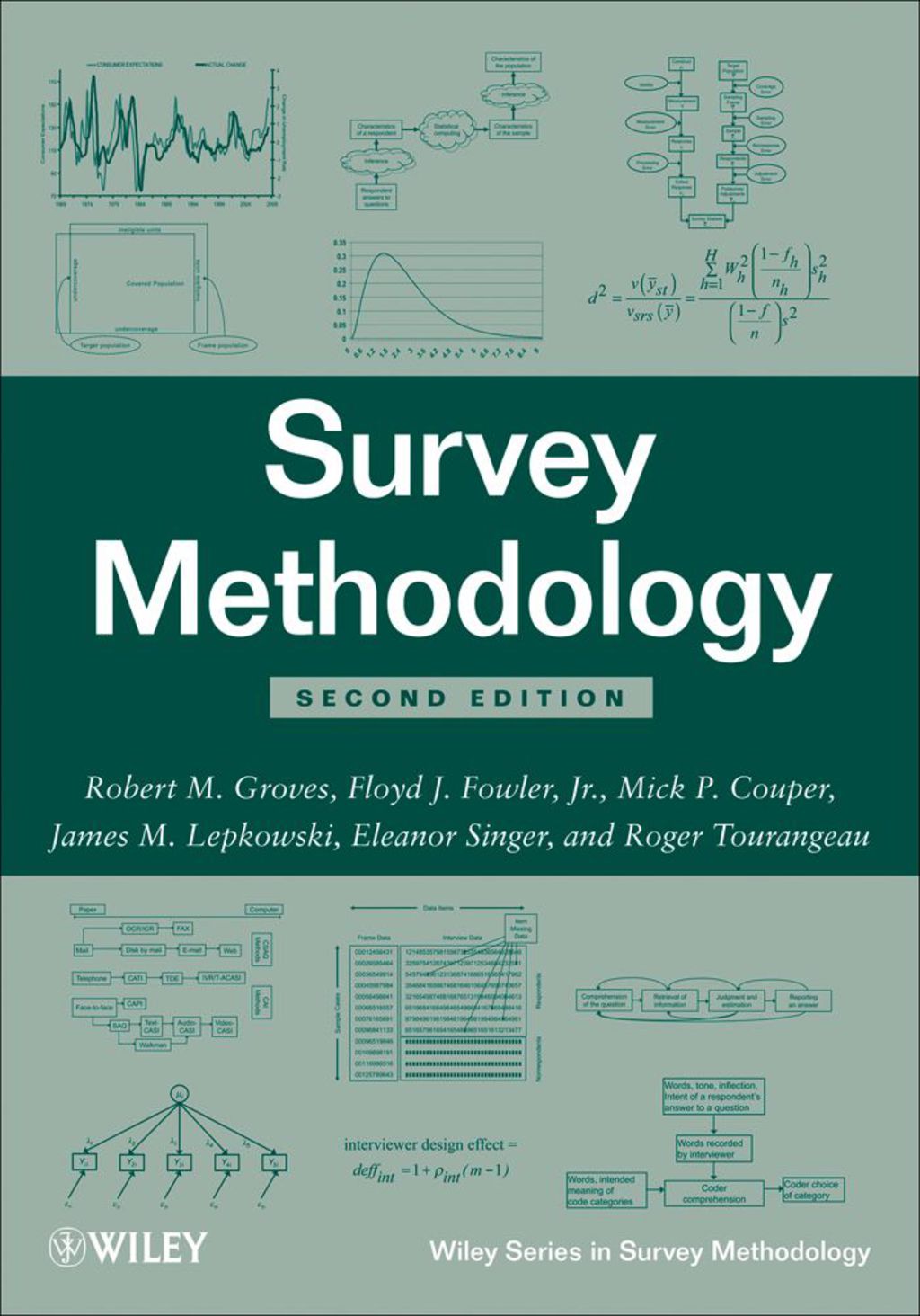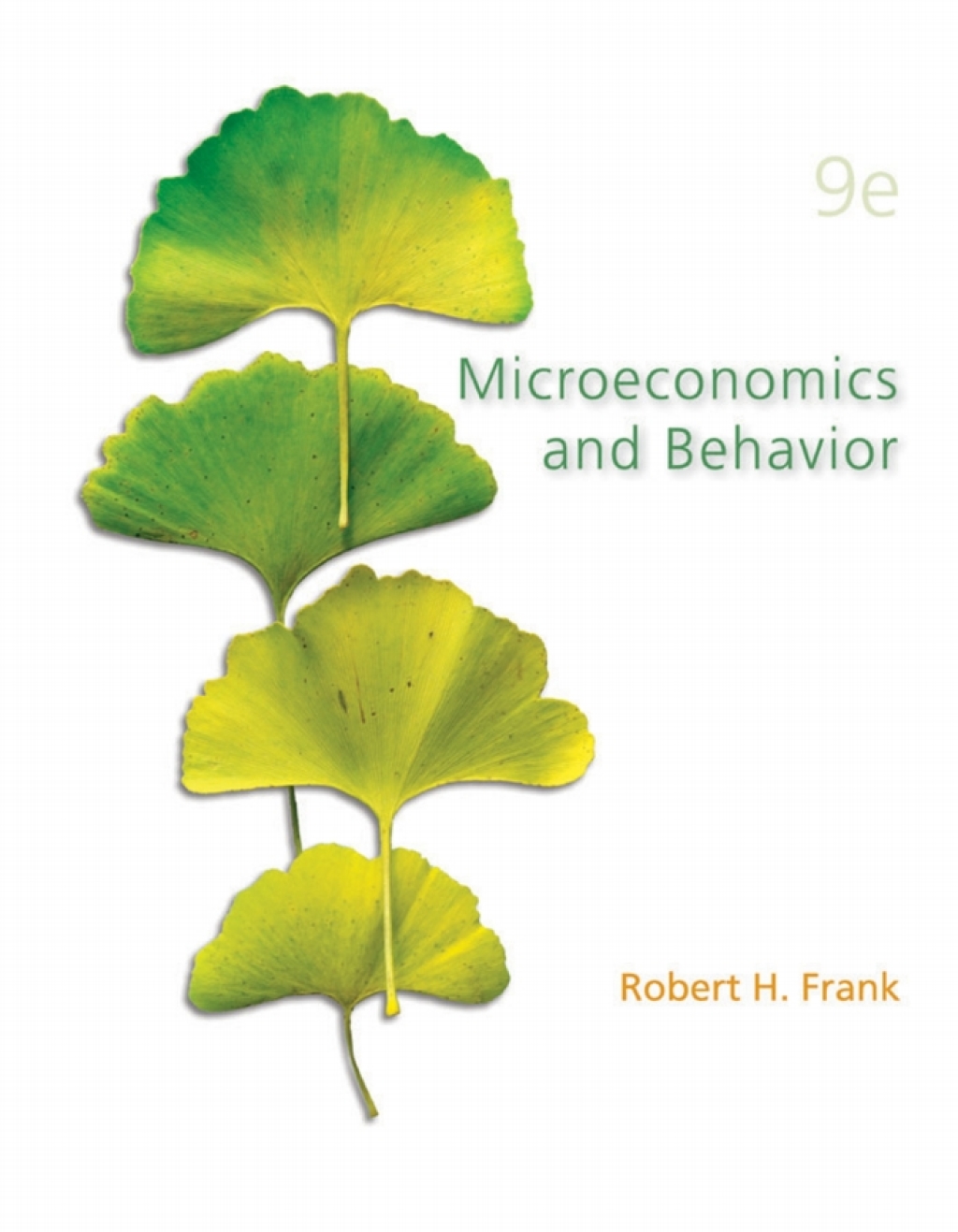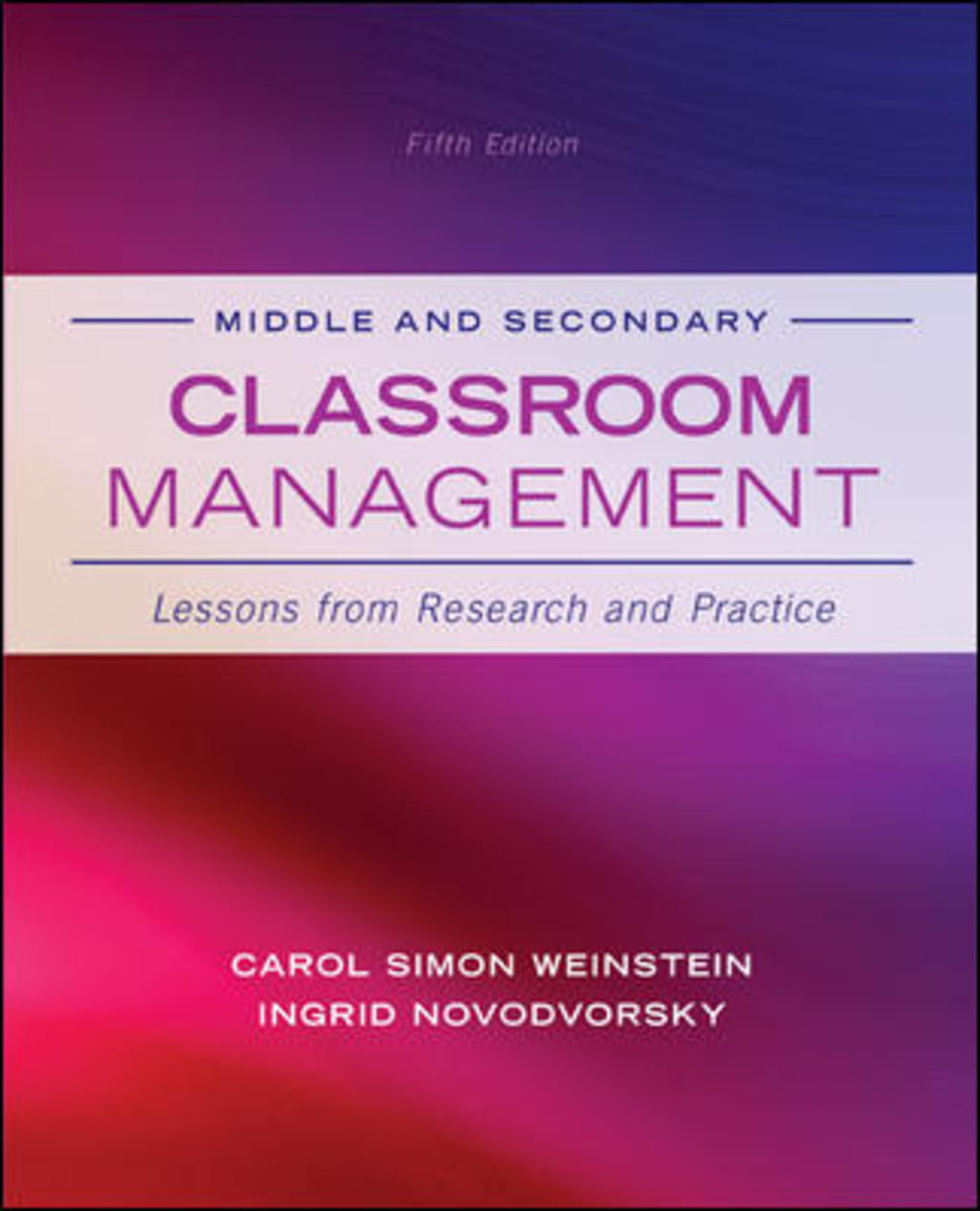Description
Published almost ten years ago, The Dynamics of Conflict Resolution has become one of the seminal works in the conflict resolution field. Bridging the gap between highly theoretical tomes and a how-to, practical handbooks, the first edition became an immensely valuable and accessible resource for experienced and novice practitioners looking for a deeper yet practical view of conflict and how to deal with it.  In this new edition, the basic vision and overall organization will be maintained. However, in keeping with current trends and research, chapters will be reviewed and revised to reflect four key concepts–interactional dynamics, system dynamics, culture and conflict, and conflict engagement. These concepts will inform the entire book. In addition, Bernie will specifically Add a new chapter on engaging conflict, which will incorporate some of Bernie’s work from Beyond Neutrality and Staying with Conflict. Include the major work that has been done on culture, systems, and conflict engagement. Apply conflict concepts to new technologies, particularly online communication and conflict resolution efforts on the web. Incorporate some of the insights and approaches of narrative mediation into the communication and mediation chapters. Reference and include other significant writing that applies to conflict theory and to the practical work of conflict practitioners so that this book continues to be seen as a valuable teaching resource. Develop an instructors manual including PowerPoint slides, learning objectives and key concepts for each chapter, review questions, and sample syllabus for download. Proposed TOC for Second Edition Preface Part One – Conflict Chapter 1: The Nature of Conflict Chapter 2: How People Conflict Chapter 3: Power and Conflict Chapter 4: Culture and Conflict Part II – Resolution Chapter 5: Engaging Conflict Chapter 6: The Nature of Resolution Chapter 7: Communication: Chapter 8: Negotiation and Advocacy Chapter 9: The Road to Resolution: Overcoming Impasse Chapter 10: Mediation Chapter11: Other Approaches to Conflict Resolution Conclusion: Conflict Resolution in our Lives














